Did you know that a musty, mildew smell in your home could be a sign of hidden moisture problems that might lead to more serious health issues? Mildew, a type of fungus that thrives in damp and warm environments, often manifests as a thin, powdery substance on various surfaces.
The persistent odor associated with mildew is not just unpleasant but can indicate underlying moisture and ventilation issues. Many people find the smell irritating and believe it is hard to eradicate.
However, with the right strategies, you can effectively get rid of the mildew smell and bring back a sense of freshness to your living space.
Is Mildew Dangerous to Health and Home?
According to a survey, nearly 52% of homes in the U.S. have issues with indoor mold and mildew. While mildew may seem like a minor nuisance, it can pose serious risks to your health and home.
On the health front, mildew can cause respiratory problems such as coughing and wheezing, especially for people with asthma or allergies. It can also trigger allergic reactions like sneezing and itchy eyes. For those with weakened immune systems, exposure to mildew might lead to more severe health issues and infections.
In terms of home damage, mildew can cause structural problems by deteriorating wood and drywall. It can also lead to stains on walls and fabrics, which require costly repairs. The longer mildew is ignored, the more costly and difficult it becomes to deal with.
Overall, while mildew risks can vary from minor to severe, taking action early can help prevent bigger health and property problems.

Using effective products to eliminate the mildew smell in the laundry can make a big difference. For example, adding white vinegar or baking soda to your wash can help get rid of stubborn mildew odors and leave your clothes smelling fresh.
How to Differentiate Between Mildew and Mold Smell
Mildew and mold have different smells that can help you tell them apart. Mildew usually smells musty or earthy and is less intense. It’s often found in warm, damp places like bathrooms or basements.
Mold, however, has a strong, sharp smell and can be overpowering. It’s found in places with lots of moisture or water damage and appears as fuzzy or slimy patches in various colors.
Mildew often forms under beds from trapped moisture. Moving a mattress to clean can be tricky. Read How to Move a Mattress for tips.
Below is a table to help you understand the difference between mildew and mold smell:
| Feature | Mildew Smell | Mold Smell |
|---|---|---|
| Odor Description | Musty or earthy, often described as stale | Strong, pungent, and sometimes damp or rotten |
| Intensity | Usually milder and less intense | Often stronger and more overpowering |
| Location | Typically found in warm, damp areas like bathrooms or basements | It can be found in various locations, especially where there's significant moisture or water damage |
| Appearance | Mildew is usually a thin, powdery layer. | Mold appears as fuzzy or slimy patches in various colors, including black, green, or orange. |
| Health Effects | It can cause mild respiratory issues and allergic reactions | This can lead to more severe respiratory issues, allergies, and other health problems |

To get rid of the musty mildew smell in carpets, vacuum the carpet well. Then, sprinkle baking soda on it, leave it for a few hours, and vacuum it up. This helps to absorb and remove the odor.
How to Get Rid of Mildew Smell
Struggling with a musty, mildew smell in your home can be frustrating, especially when it seems like the smell just won't go away.
The good news is that you can get rid of the mildew smell with the right steps, whether it's in your bathroom, basement, or any other area.
- Identify and Address the Source:
Start by finding where the mildew smell is coming from in your home. Check common areas like bathrooms, basements, and closets for visible mildew and any signs of water damage. For tips on finding the mildew smell source or identifying mildew in the basement, focus on these key spots.
- Clean Affected Areas:
Use a mixture of water and vinegar or a commercial mildew cleaner to scrub the areas with mildew. Make sure to clean walls, floors, and other affected surfaces thoroughly. These methods are effective for the best mildew cleaners for the home or advice on cleaning mildew off walls.

To eliminate mildew smell in the bathroom, use an exhaust fan or open the windows to improve airflow. Clean surfaces with a mix of vinegar and water and use a dehumidifier to keep the area dry.
- Improve Ventilation:
Use fans and dehumidifiers to increase air circulation in areas prone to mildew. Good ventilation helps stop future mildew growth and reduces the smell. Use dehumidifiers to control mildew and fans for better airflow to improve ventilation.
- Use Odor Absorbers:
Put odor absorbers like baking soda or activated charcoal in places with strong smells. These can help get rid of the mildew odor. These options work well for the best odor absorbers for mildew smell or how to use baking soda to remove mildew odor.

To get rid of mildew odor in the washing machine, run a hot water cycle with vinegar and baking soda. This helps clean out any mildew and freshens up the washing machine.
- Regular Maintenance:
Check and clean areas that are likely to get mildew regularly. Fix any moisture problems right away to stop the smell from coming back. To keep your home mildew-free, do regular maintenance to prevent mildew with routine cleaning.
- Consider Professional Help:
If the mildew smell doesn't disappear despite your efforts, you might need to call a professional. Mold removal experts can handle serious cases of mildew and mold. If you’re wondering when to hire mildew removal professionals or looking for mold removal experts near you, this is exactly the time professional help can be important.
Sometimes, if mildew smells persist, hidden junk might be the issue. Professional junk removal could help. Find out how much 1-800-GOT-JUNK charges and see if clearing out clutter could fix the smell.
Home Remedies for Mildew Smell
Dealing with mildew smell can be tough, but you can try a few easy home remedies. If the usual methods aren't working, these alternative solutions can help get rid of that musty mildew smell around your home.
| Home Remedy | Function |
|---|---|
| Lemon Juice | Mix lemon juice with water and spray it on the affected areas. Natural acid helps eliminate odors. |
| Borax | Dissolve borax in water and use it to scrub surfaces. It helps kill mildew and remove the smell. |
| Tea Tree Oil | Mix a few drops of tea tree oil with water in a spray bottle and apply it to areas affected by mildew. It has antifungal properties. |
| Hydrogen Peroxide | Use a mixture of hydrogen peroxide and water to clean surfaces. It can help eliminate mildew and the smell. |
| Activated Charcoal | Place activated charcoal in areas with mildew smell. It absorbs the smell and helps freshen up the space. |
| Epsom Salt | Sprinkle Epsom salt on damp spots, let it sit, and then vacuum it up. It absorbs moisture and helps eliminate the odor. |

To prevent mildew smell in closets, ensure proper ventilation with a fan or open door, use moisture absorbers like silica gel, and clean regularly while addressing leaks promptly.
Best Methods to Get Rid of Mildew Odor in Basement
In the series “How to get rid of mildew smell”, getting rid of mildew odour in your basement can be tricky, but with the right methods, you can freshen up the space.
Follow these steps to help keep your basement smelling clean.
Identify and Fix Moisture Issues
Start by finding and fixing any sources of moisture in your basement. Look for leaks or areas where water might be getting in. For how to find moisture problems in the basement, check things like pipe leaks and foundation cracks.
Improve Ventilation
Use dehumidifiers and fans to increase airflow. This helps reduce humidity and keeps the air fresh. Try using dehumidifiers in the basement and fans to improve airflow and keep the area dry.
Clean and Disinfect
Clean all surfaces with a mix of water and vinegar or a mildew cleaner. Scrub any visible mildew and let the area dry completely. For cleaning mildew off basement walls, use a cleaner that targets mildew.
Use Odor Absorbers
Place odor absorbers, such as baking soda or activated charcoal, in the basement. These can help get rid of the mildew smell and keep the air fresh. For the best odor absorbers for basement mildew smell, use baking soda and activated charcoal.
Seal and Insulate
Seal any gaps or cracks to keep moisture out. Insulating walls and floors can also help control mildew. For sealing gaps to prevent basement mildew, use good quality sealants and insulation.
Regular Maintenance
Keep up with regular cleaning and check for leaks to prevent the smell from coming back. For maintaining a mildew-free basement, stick to a cleaning routine and keep an eye on moisture levels.

How to Clean Mildew and Remove Odor from Walls To clean mildew and remove odors from walls, scrub with a mix of vinegar and water or use bleach for tougher spots. Ensure proper ventilation and dry the walls completely.
Common Mistakes to Avoid Getting Rid of Mildew Smell
Dealing with mildew smell can be tricky, and making some common mistakes can make the problem worse. To effectively remove mildew smell, avoid these common errors.
- Not Wearing Protective Gear:
Forgetting to wear gloves or a mask while cleaning mildew can expose you to harmful spores. Always use protective gear to stay safe. For safe mildew cleaning, use gloves and masks.
- Overlooking Hidden Areas:
Mildew can hide in less obvious places, like behind furniture or under carpets. Check and clean these hidden spots thoroughly. For finding hidden mildew, move furniture and lift carpets.
But sometimes, it can be difficult to move furniture on our own. Read Helpers To Move Furniture to find out the benefits, average cost and more about hiring professionals to move furniture.
- Using Too Much Water:
Using excessive water during cleaning can make the problem worse by increasing moisture levels. You can use a damp cloth instead of soaking the area. For avoiding extra moisture, clean with minimal water.
- Not Cleaning Air Ducts:
Mildew can spread through your home’s air ducts, which can affect the air quality. Clean or inspect your air ducts to ensure they’re mildew-free. For cleaning air ducts, consider professional services.
- Ignoring Mold Growth Signs:
If you notice mold growth and a mildew smell, take precautionary steps immediately. Mold can cause more serious health issues and requires special treatment. For handling mold growth, hire mold removal professionals if needed.
- Failing to Address Humidity:
High humidity levels can make it easier for mildew to grow. Use a dehumidifier to keep humidity levels low and prevent mildew from returning. For controlling basement humidity, use dehumidifiers regularly.

To remove the mildew smell from wood furniture, wipe it down with a mix of water and vinegar. Then, let the furniture air dry in a well-ventilated area to help get rid of the smell.



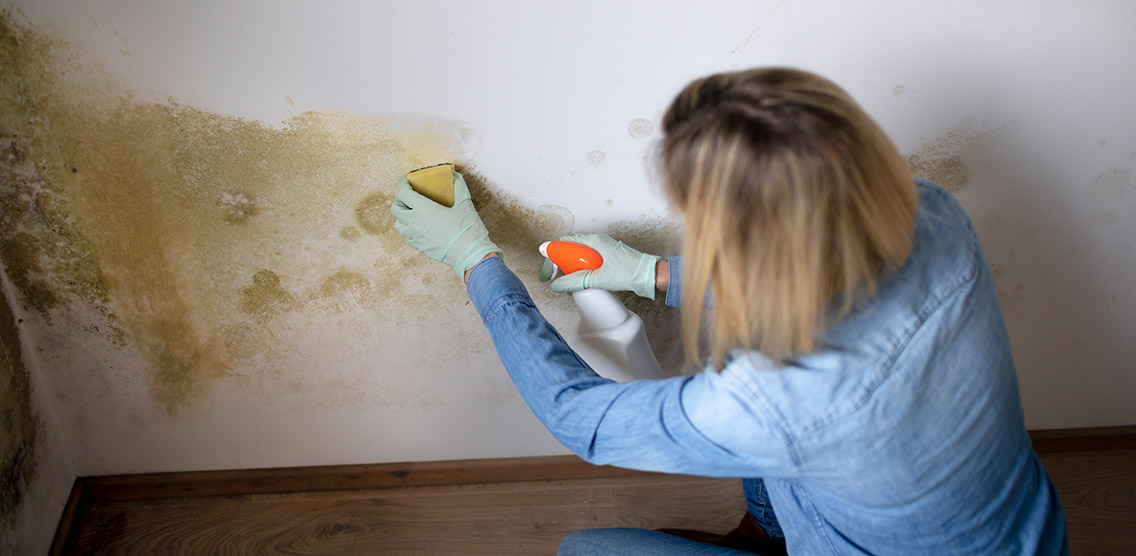















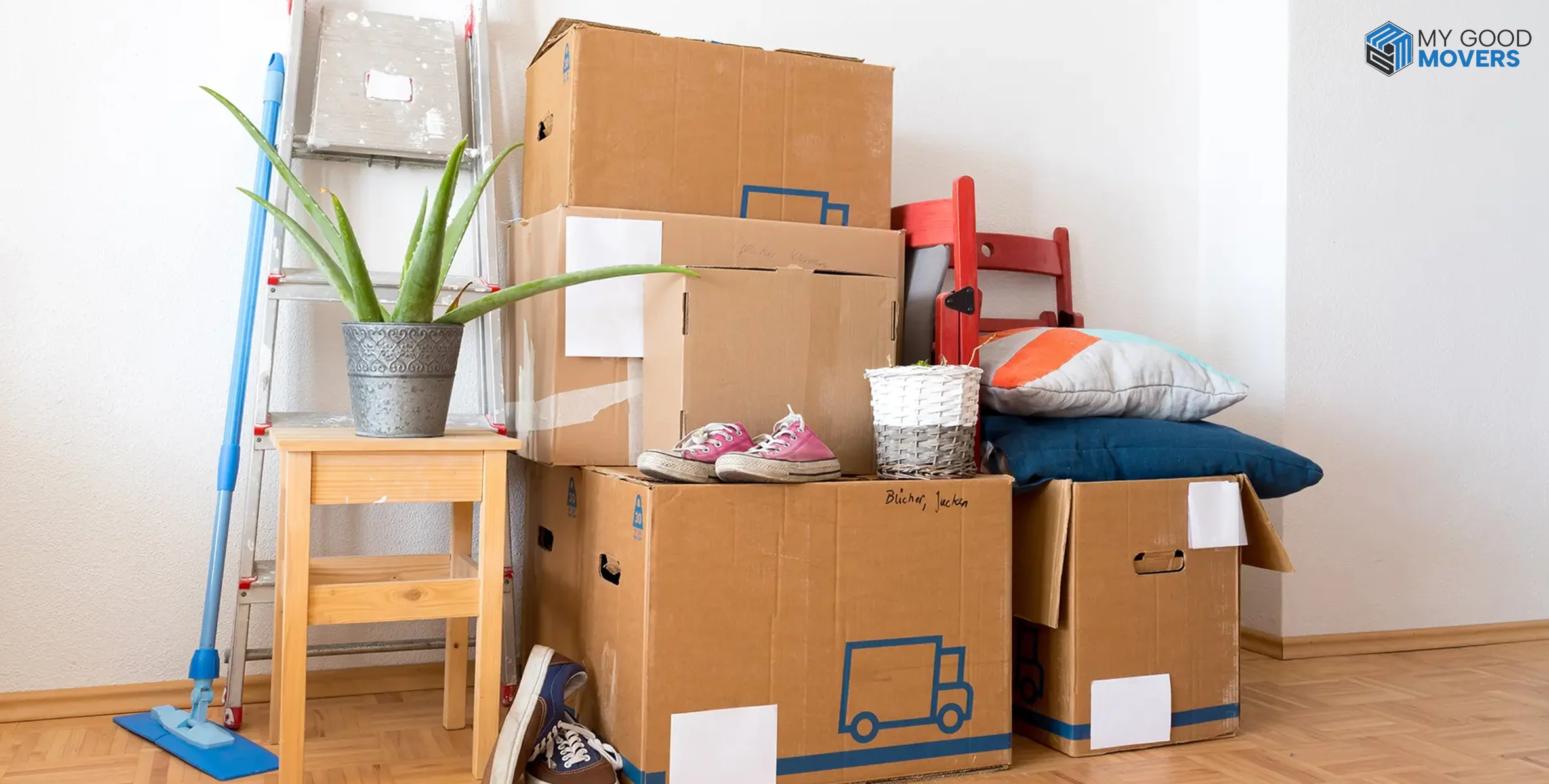









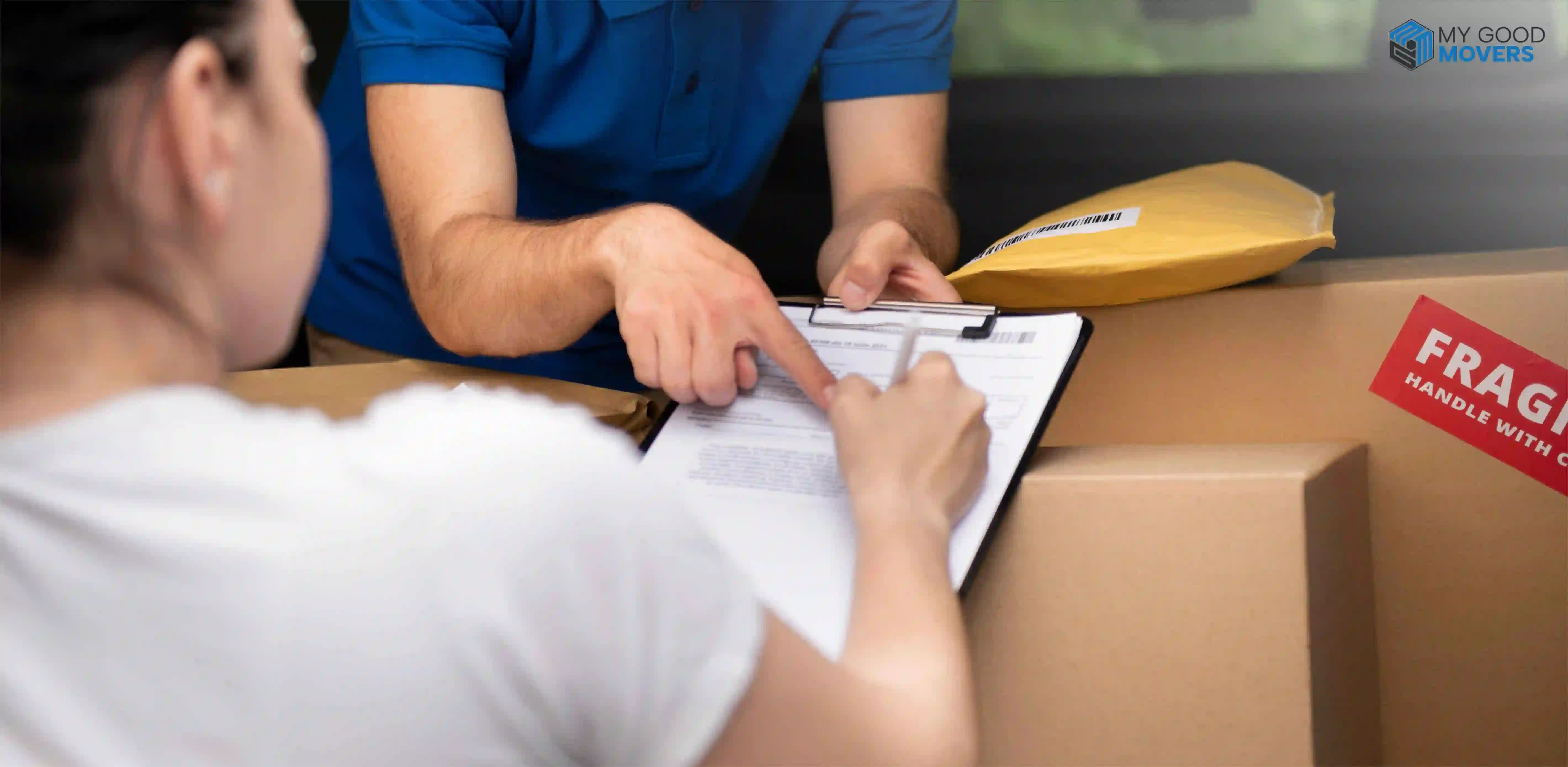


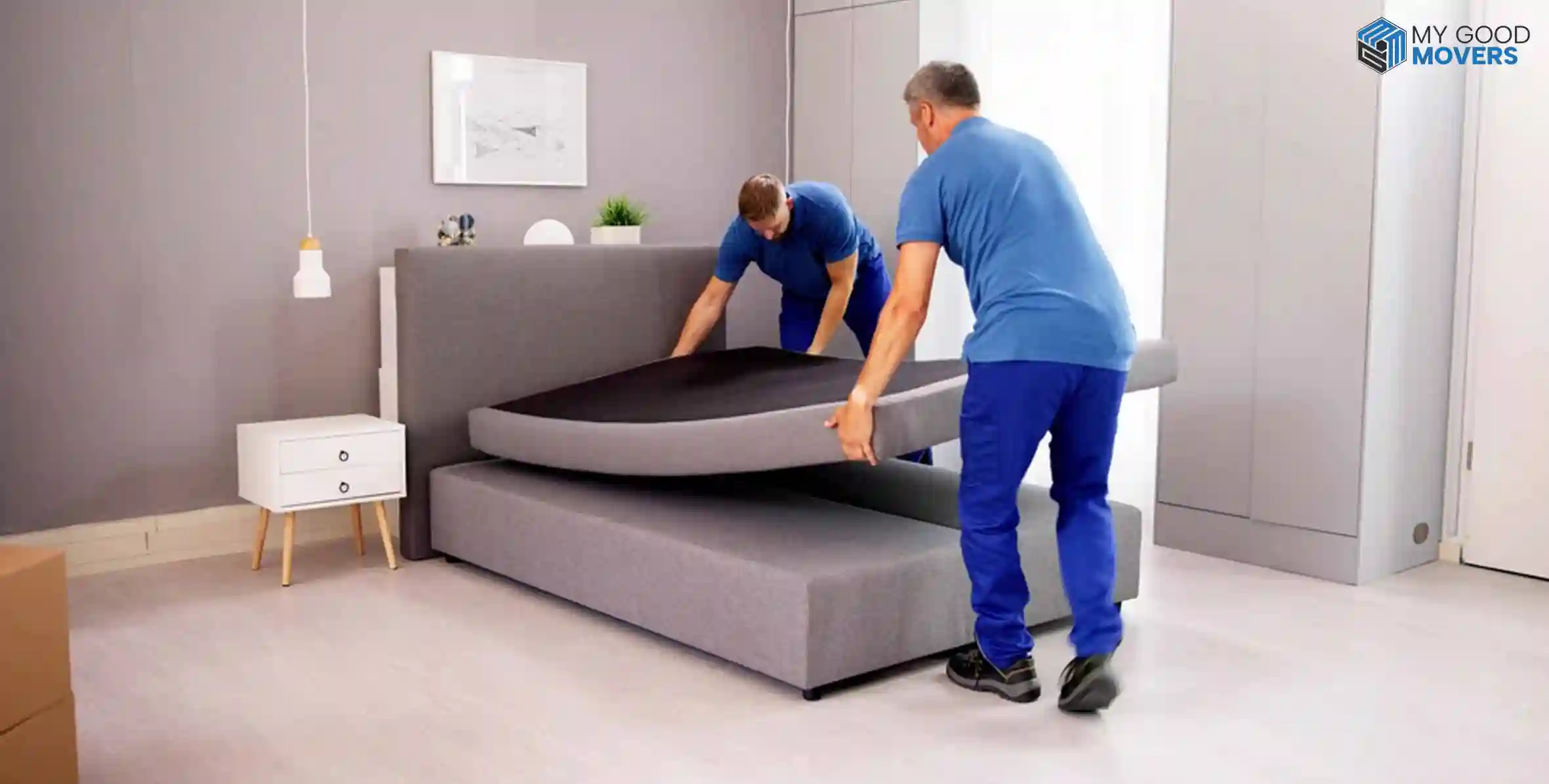



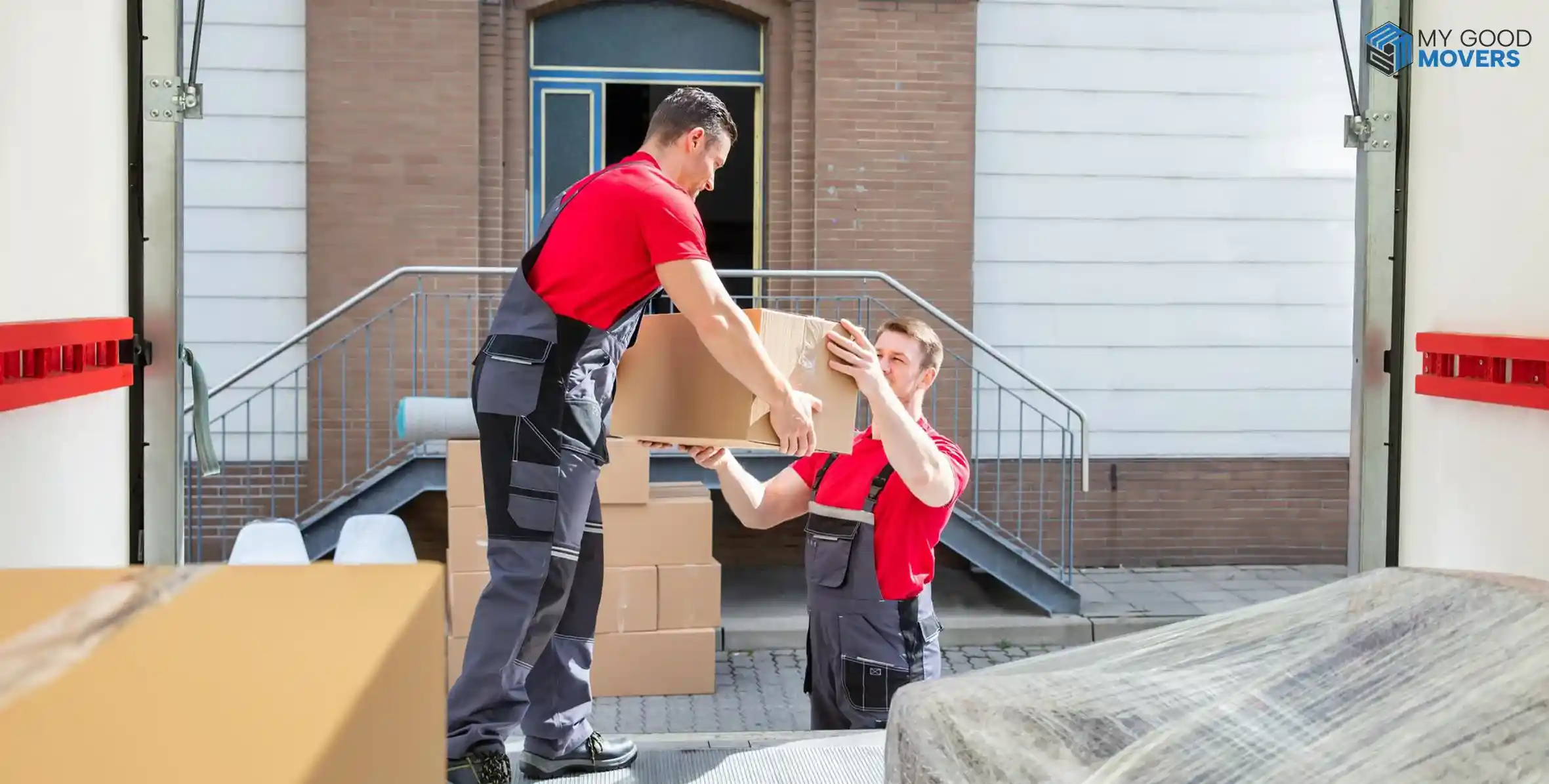



















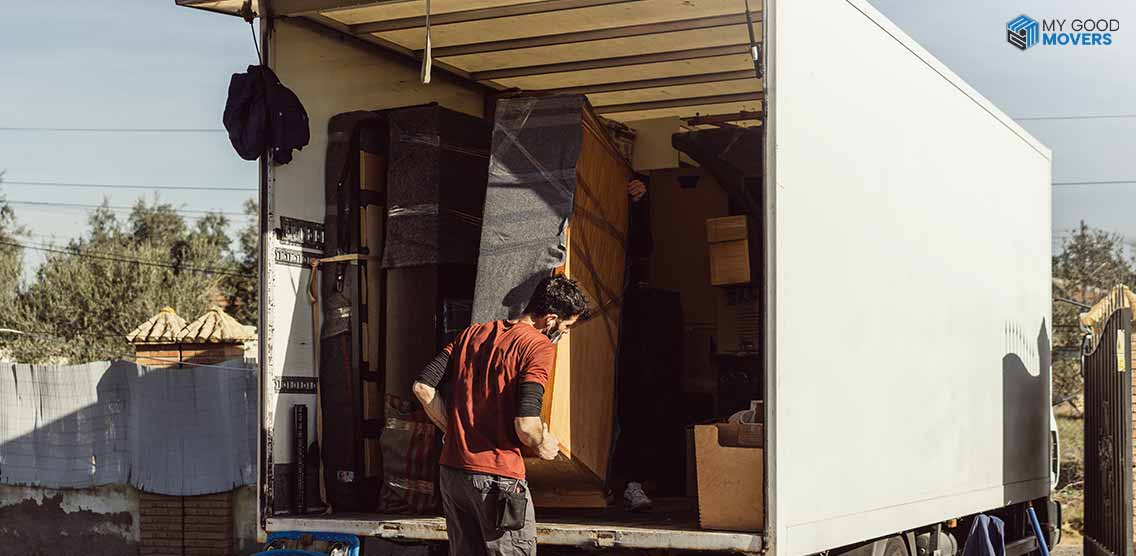








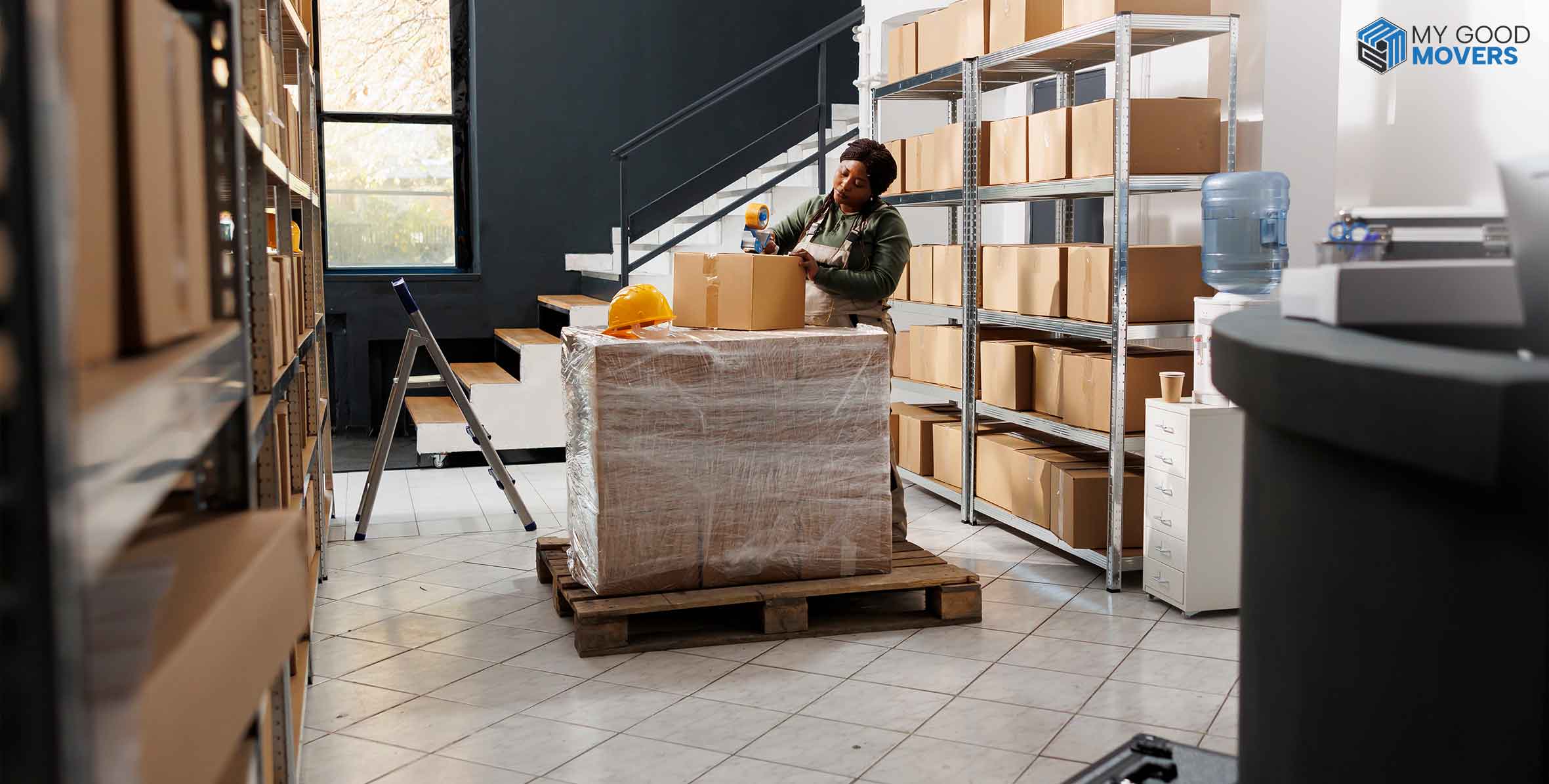



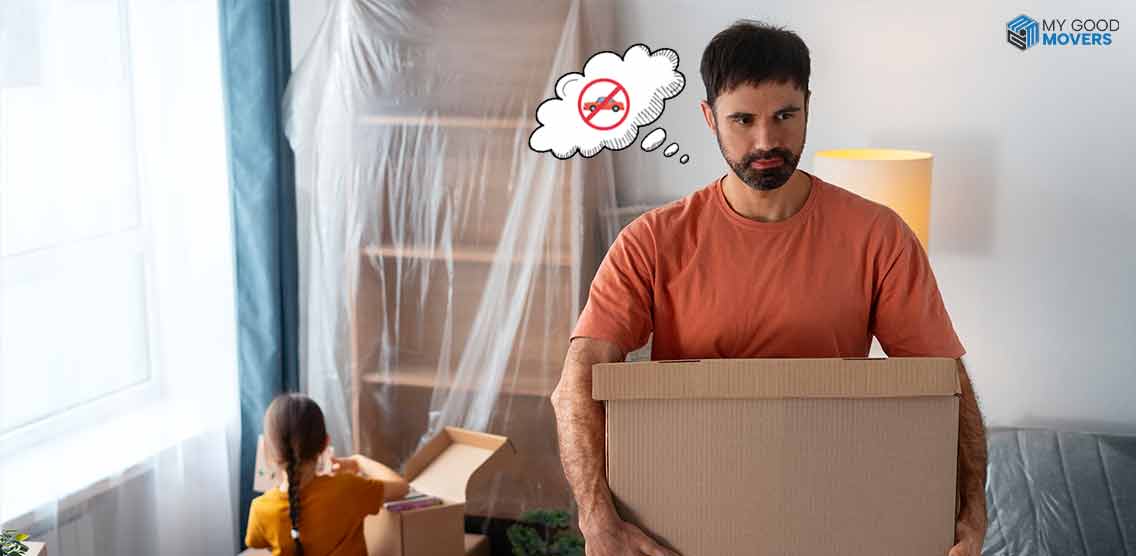




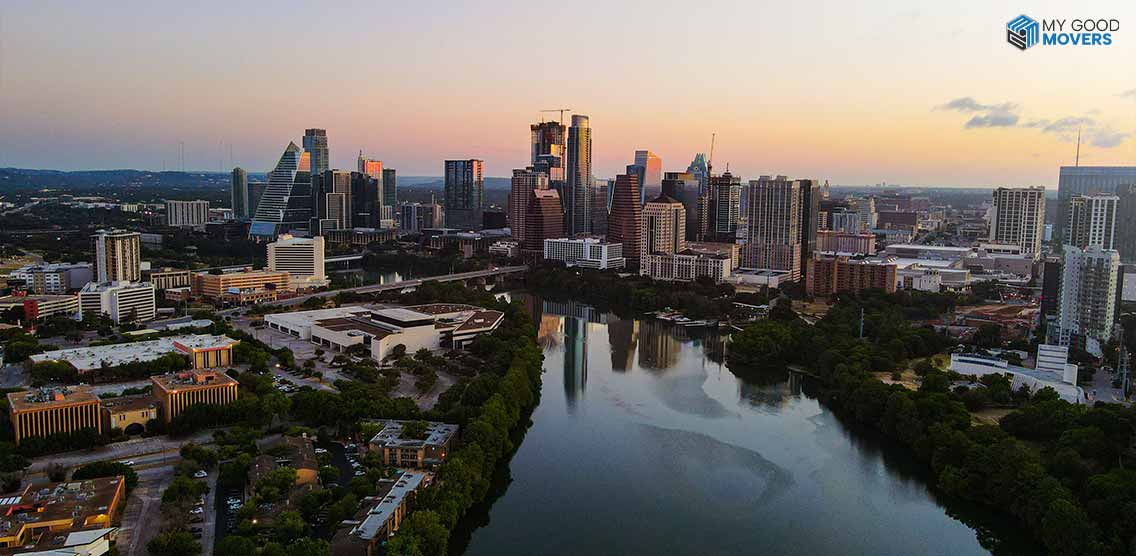









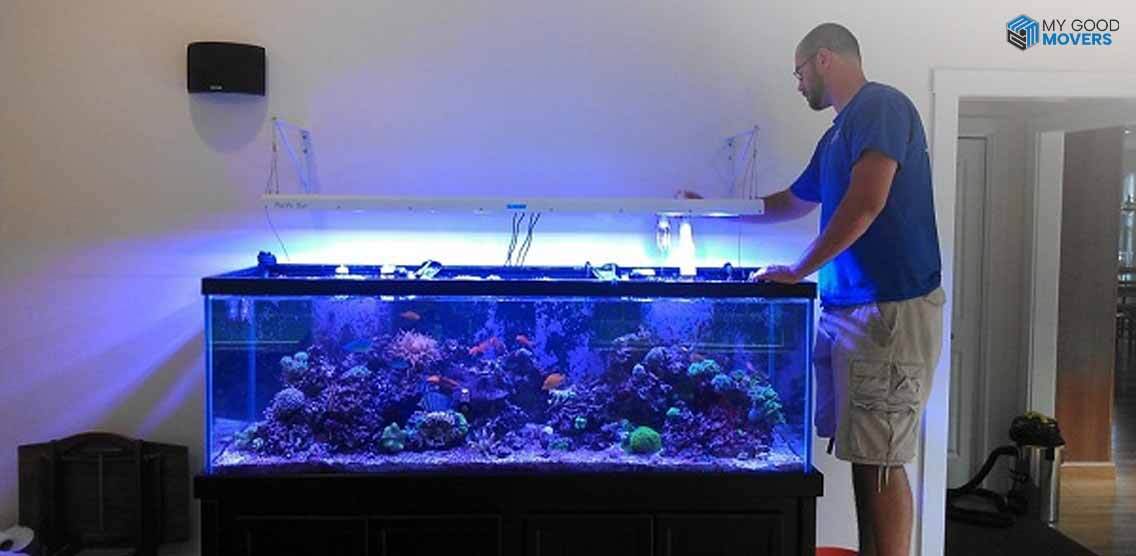
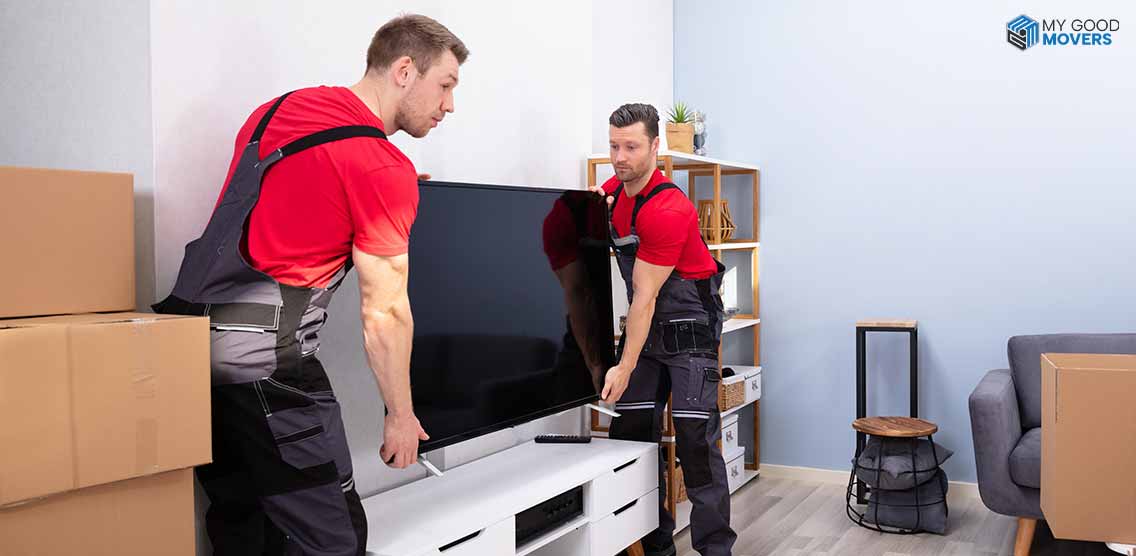





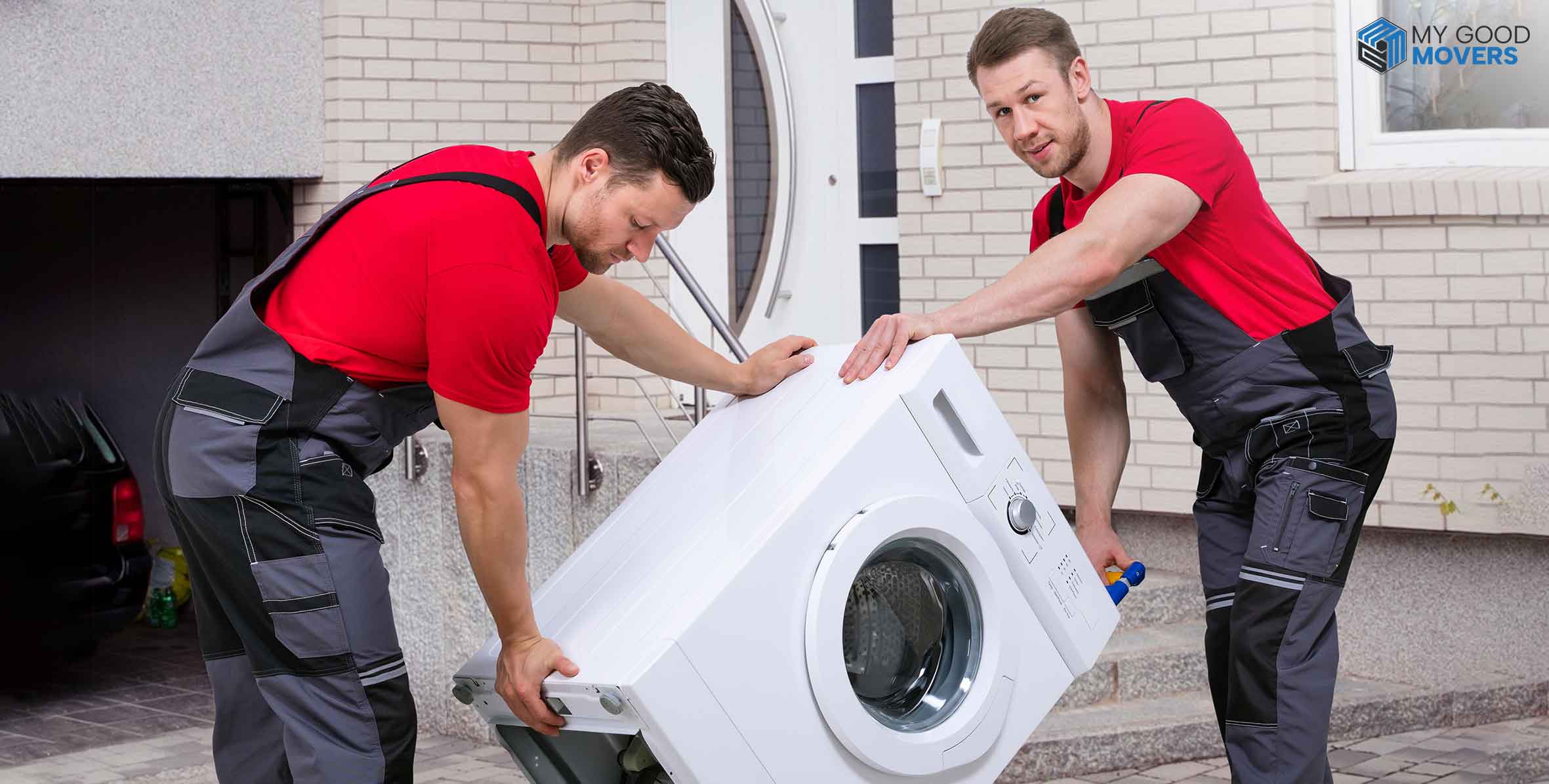







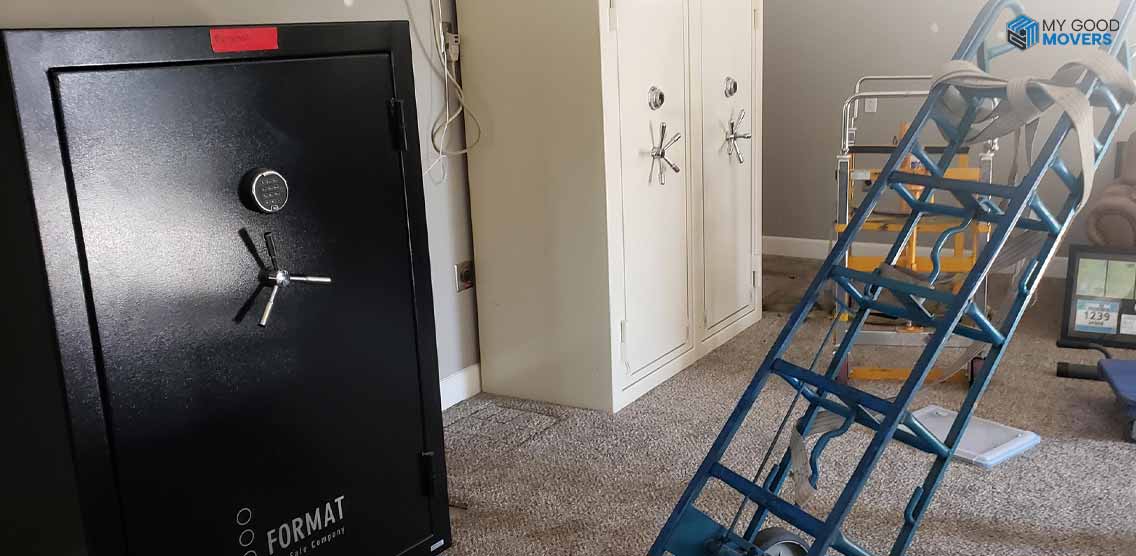












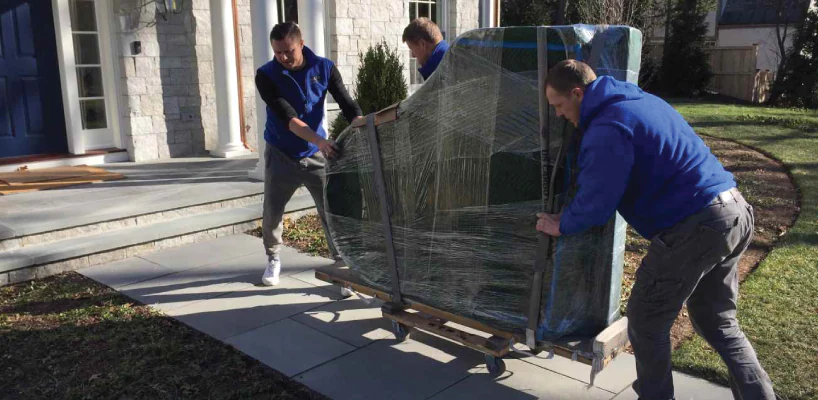

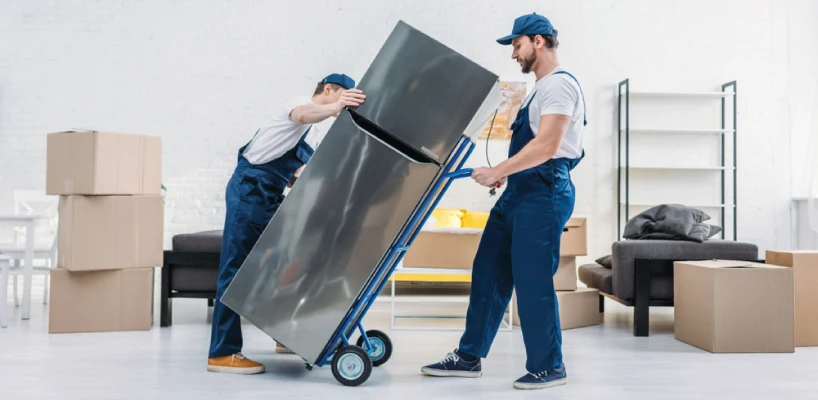

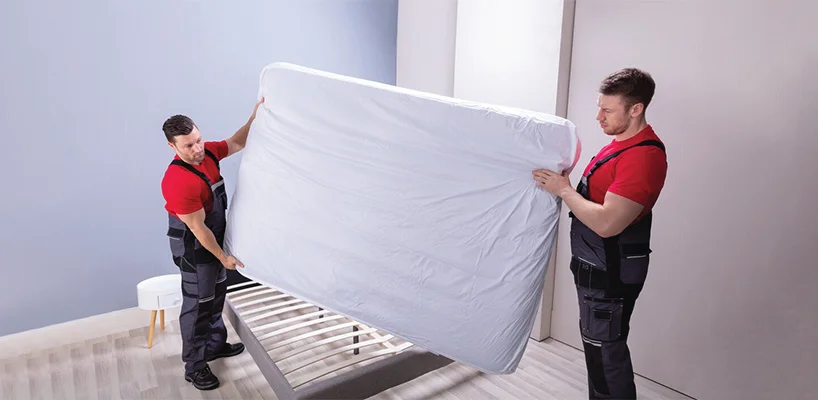
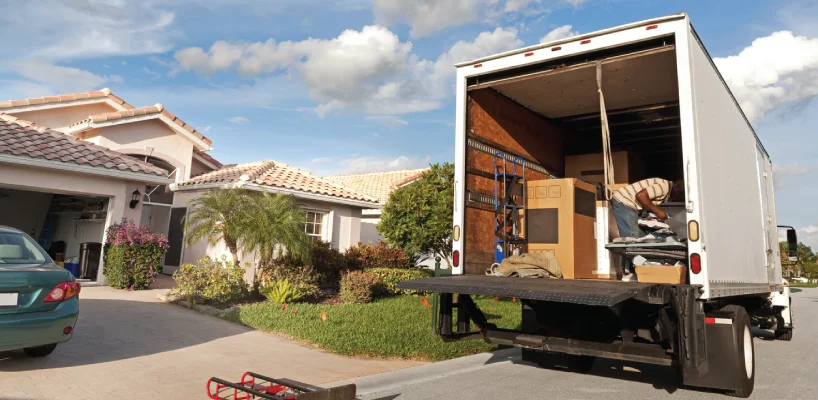


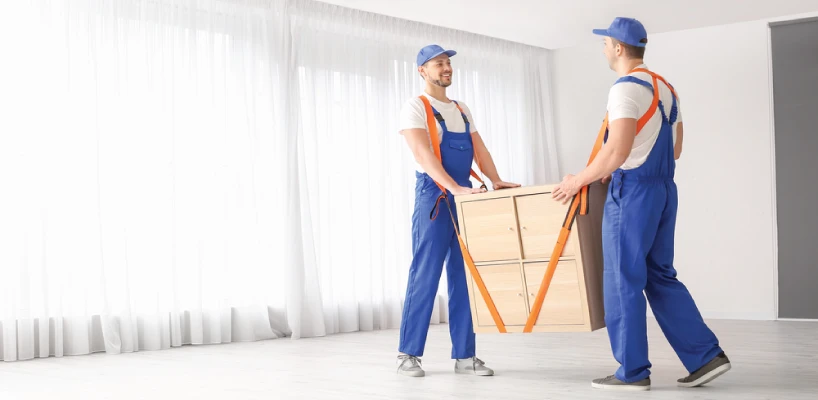
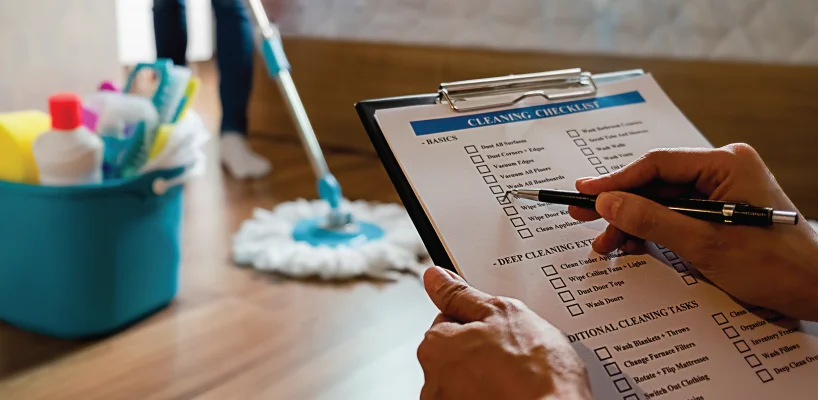
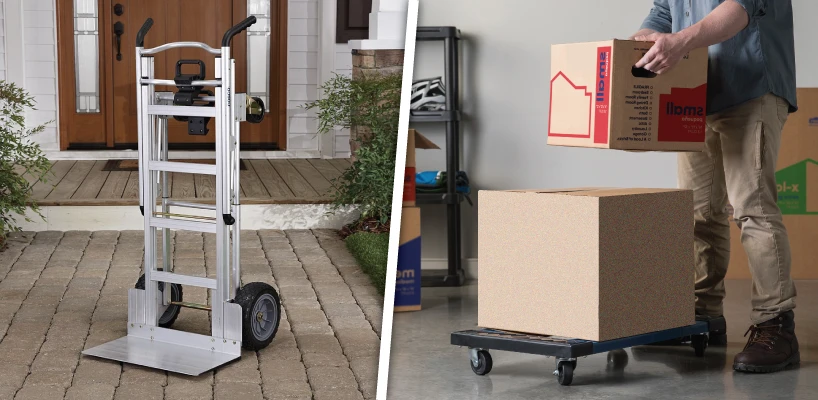
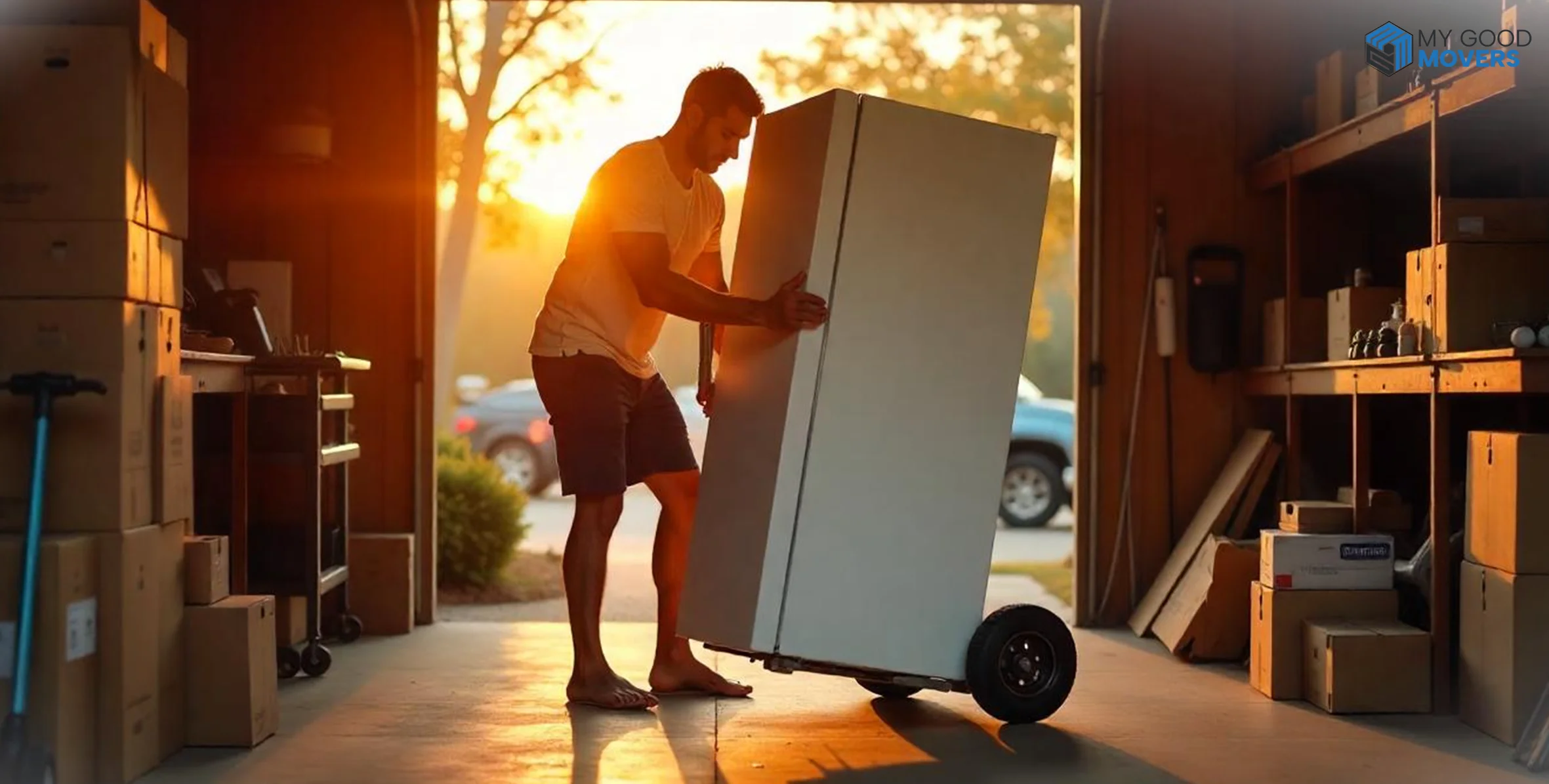
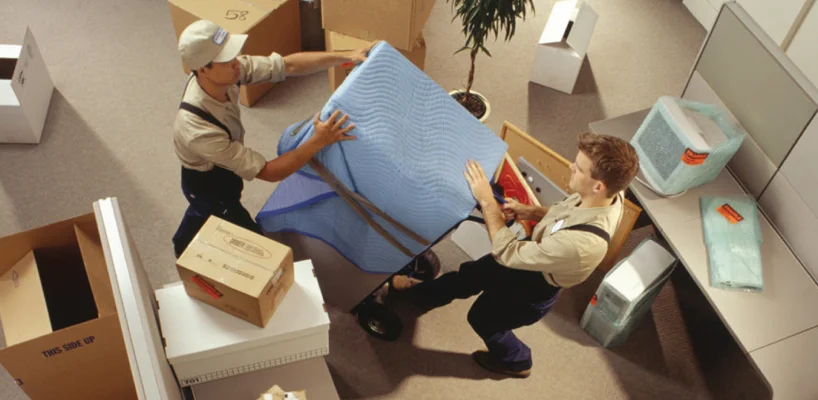









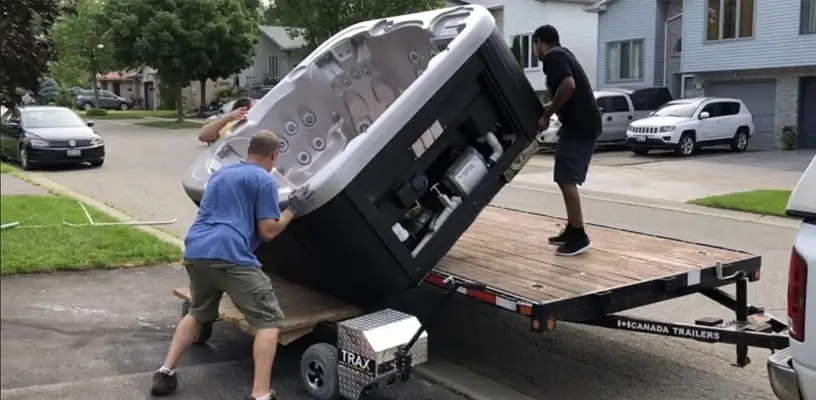

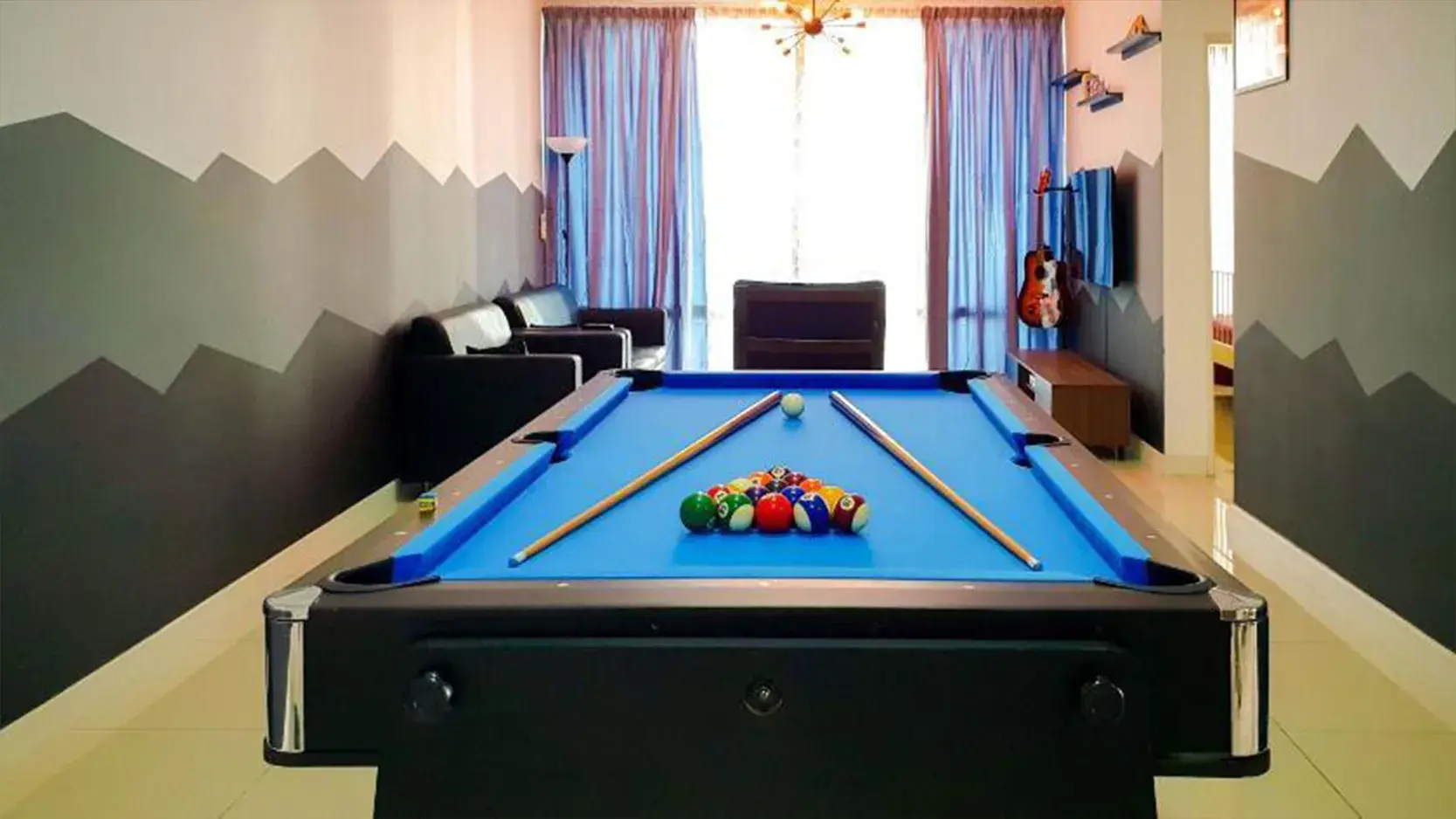


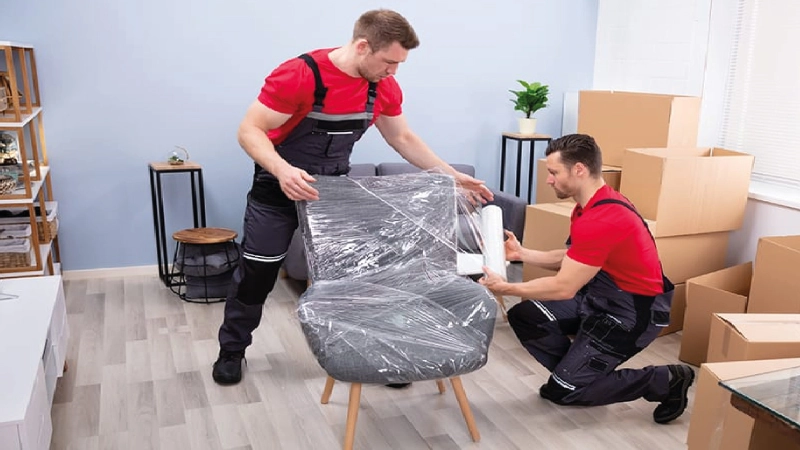

 (239) 799–6077
(239) 799–6077